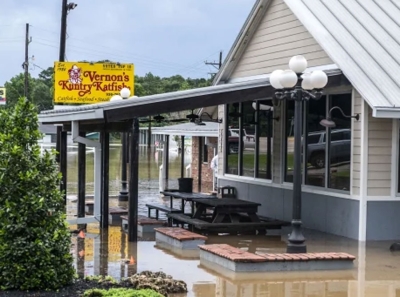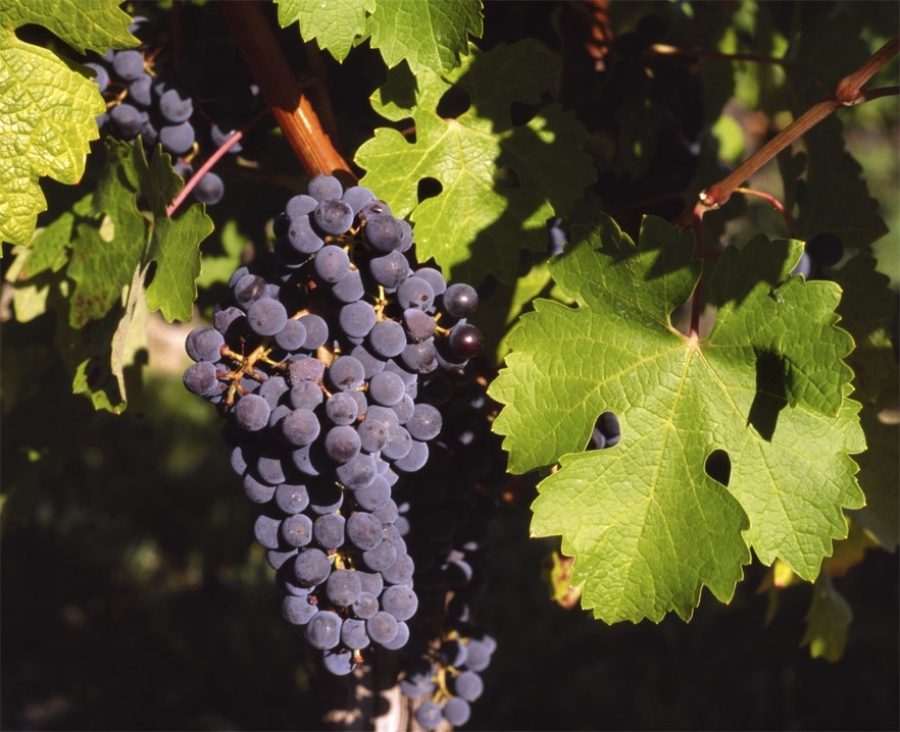Belgium may not be the first European country that comes to mind when thinking about quality wine production, but beneath the surface of this small nation lies a fascinating and intricate history of winemaking that stretches back for centuries… Welcome to the world of Belgian wine!

From the Roman era to the present day, Belgium’s viticultural journey is a tale of resilience, innovation, and a deep connection to the land.
The roots….
The origins of winemaking in Belgium can be traced back to the Roman period, around the 1st century AD.
The Romans, known for their mastery in agriculture and viticulture, introduced grape cultivation to the region.
The favourable climate, particularly in the valleys of the Meuse and tributaries of the Rhine rivers, facilitated the growth of vines and the production of wine.
During this era, Belgian wines gained popularity and became an integral part of local culture.
However, with the fall of the Roman Empire and the subsequent invasions by various tribes, including the Franks and the Vandals, winemaking in Belgium faced a period of decline.
The Medieval Revival.
The medieval period witnessed a revival of winemaking in Belgium, as monasteries played a pivotal role in the cultivation of grapes and the production of wine.
Monastic orders, such as the Cistercians and Benedictines, recognised the economic value of winemaking and the spiritual significance of wine in religious ceremonies.
Monasteries across Belgium began establishing vineyards, with meticulous attention to grape selection and winemaking techniques.
The monks contributed significantly to the improvement of viticulture practices, experimenting with different grape varieties and refining winemaking processes.
They also played a crucial role in preserving and disseminating knowledge about wine, passing down their expertise through generations.
By the end of the medieval period, Belgian wines were gaining recognition for their quality, and vineyards became a common sight across the landscape.
Challenges and Resilience.
The Little Ice Age, a period of cooler temperatures from the 14th to the mid-19th century, posed significant challenges to winemaking in Belgium.
The colder climate made it difficult to ripen grapes, and many vineyards faced abandonment. Nevertheless, some regions, particularly in the Hesbaye and Hageland areas, persisted in grape cultivation, adapting to the changing conditions.
In the 19th century, the introduction of phylloxera, a devastating grapevine pest, dealt a severe blow to European vineyards, including those in Belgium.
Many vineyards were decimated, and winemakers faced economic hardship.
Despite these challenges, some regions managed to recover, thanks to the implementation of grafting techniques and the replanting of resistant American rootstocks.
Modern Renaissance.
The 20th century marked a turning point for Belgian winemaking, with a renewed interest in viticulture and a commitment to quality.
Winemakers began experimenting with international grape varieties alongside traditional ones, adapting to contemporary tastes.
The advent of modern technology and the understanding of terroir further contributed to the improvement of Belgian wines.
Belgium’s wine industry also benefited from the European Union’s support and initiatives promoting wine production.
As a result, the number of vineyards expanded, and the reputation of Belgian wines grew both domestically and internationally.
Some 50 different grape varieties are grown in Belgium, grows ranging from Chardonnay and Pinot Gris to Riesling and Pinot Noir.
Sparkling wines, particularly in the méthode champenoise, have gained popularity, and the country receives recognition for its unique terroir-driven expressions.
The Contemporary Landscape.
In the 21st century, Belgian winemaking continues to evolve, blending tradition with innovation.
Winemakers are increasingly focused on sustainable and organic practices, emphasising the importance of environmental stewardship in viticulture.
Belgium’s wine regions, including the Flemish wine regions of Hageland and Haspengouw, as well as the Walloon regions of Hesbaye and Entre-Sambre-et-Meuse, showcase the diversity of terroirs within the country.

Wijnkasteel Genoels-Elderen in AOC Haspengouw,
Each region contributes distinct characteristics to the wines produced, from the limestone-rich soils of Hageland to the clayey plains of Hesbaye.
The history of winemaking in Belgium is a captivating journey through time, marked by ancient Roman influences, medieval monastic contributions, and modern-day resilience and innovation.
From the challenges posed by climatic shifts and pests to the contemporary renaissance, Belgian winemakers have demonstrated an unwavering commitment to their craft.
Today, Belgium stands as a testament to the possibilities of winemaking in unexpected corners of the world.
As the country continues to produce wines that reflect its unique terroir and embody a rich cultural heritage, the global wine community recognises and appreciates the enduring spirit of Belgian winemakers.
With each sip of Belgian wine, enthusiasts embark on a journey through history, savoring the legacy of a tradition that has overcome adversities and flourished in the heart of Europe.
______________________________________________________________________________________________________________________________________
Read also: Belgian beer: epitomising the art of brewing for 9 centuries
The history of brewing beer in Belgium is a rich tapestry that weaves together ancient traditions, innovative techniques, and a deep cultural appreciation for the art of brewing.
______________________________________________________________________________________________________________________________________
Main image: By BerndtF, CC BY-SA 3.0, https://commons.wikimedia.org/w/index.php?curid=1022691












